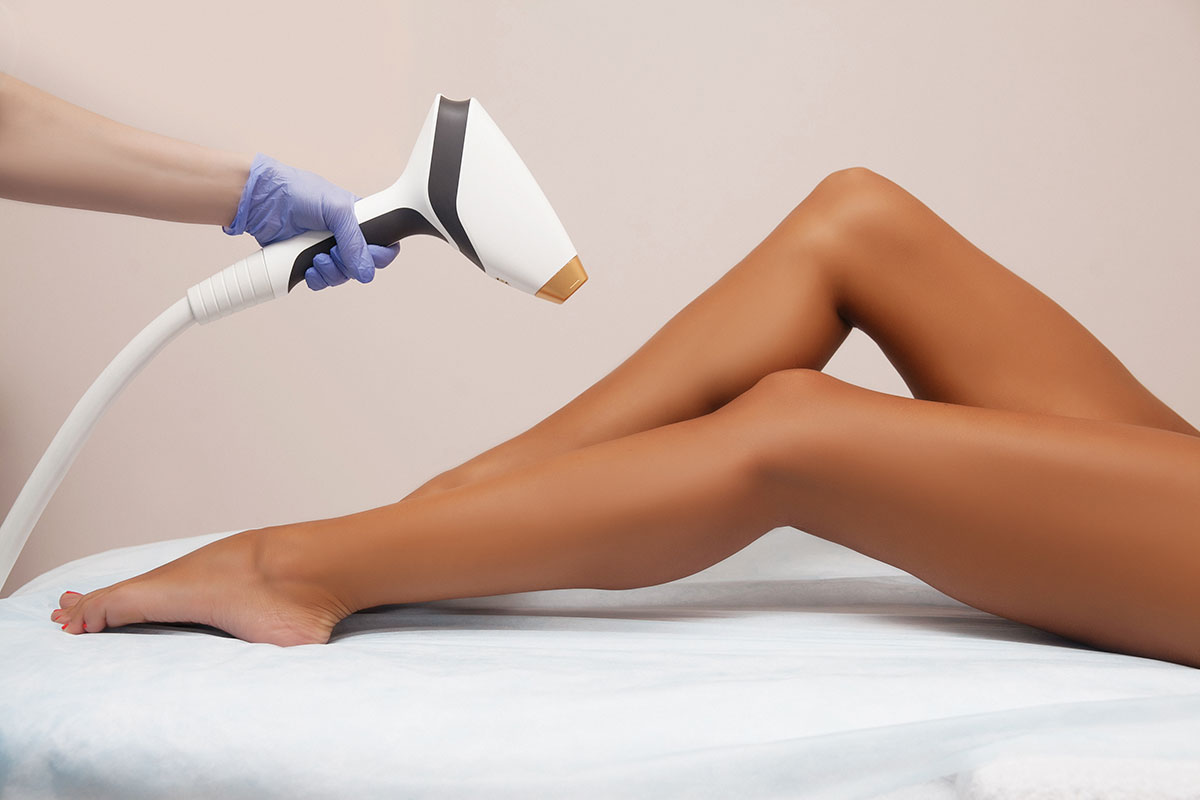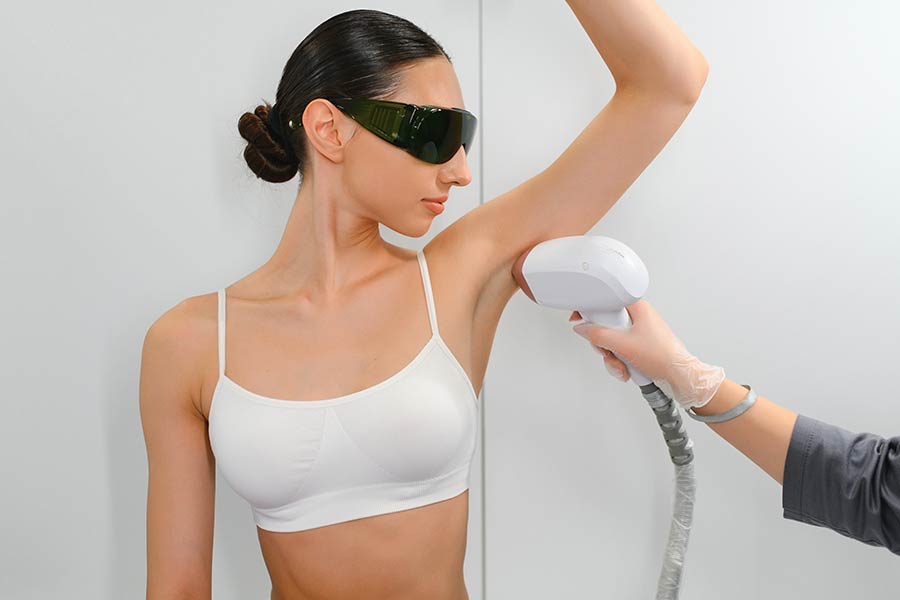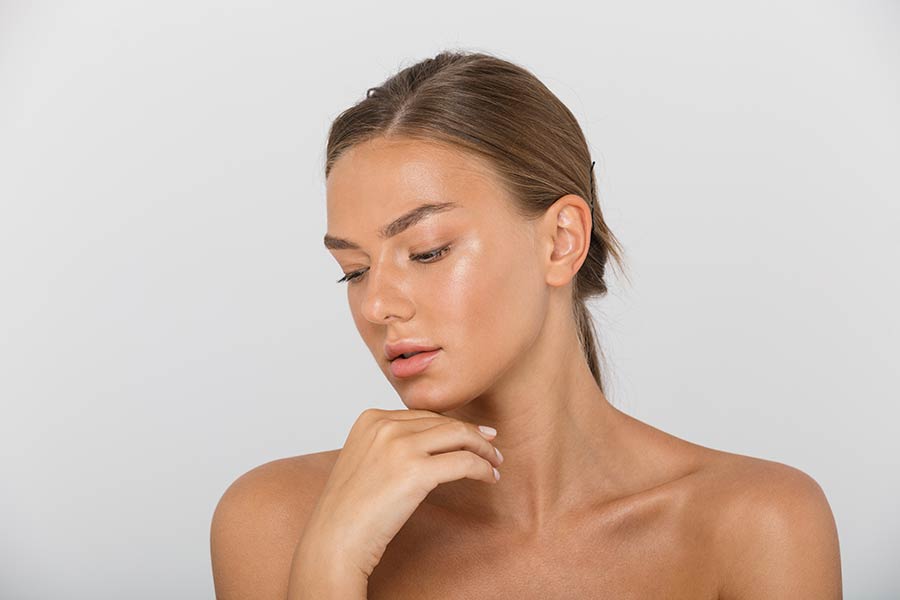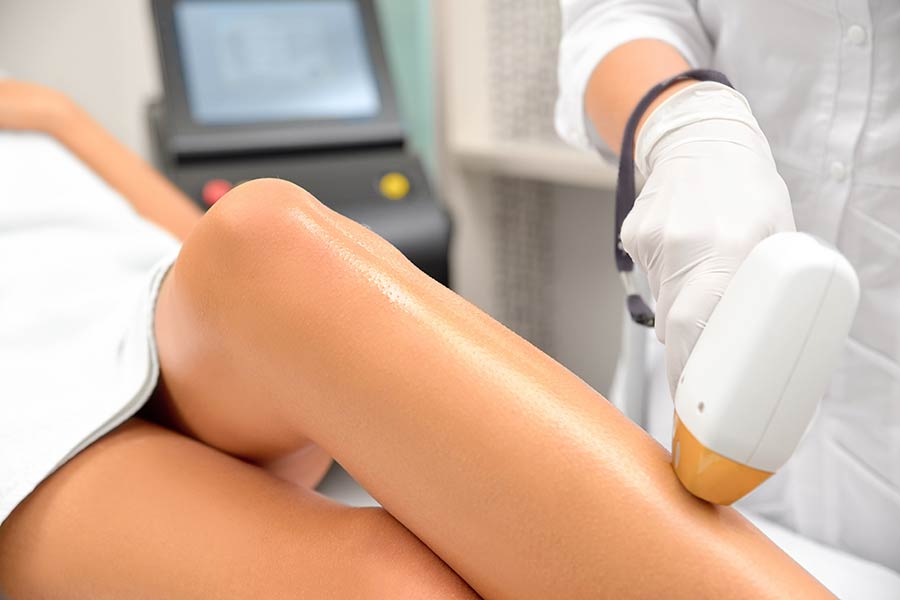Over 2.6 million people opted for dermal fillers in the last year alone, highlighting a booming interest in this cosmetic treatment. Dermal fillers, known for their ability to smooth out wrinkles, restore volume, and enhance facial contours, have become a go-to solution for those seeking a more youthful appearance without going under the knife. But with various types of dermal fillers available on the market, each designed to target specific concerns and areas of the face, choosing the right one can feel overwhelming. From hyaluronic acid fillers that hydrate and plump to calcium hydroxylapatite fillers known for their collagen-boosting properties, understanding the nuances between them is key to achieving your desired results.
Key Takeaways
- Dermal fillers can rejuvenate your skin by smoothing wrinkles, enhancing lips, and restoring volume, offering a more youthful appearance.
- There are various types of dermal fillers, including hyaluronic acid, calcium hydroxylapatite, and poly-L-lactic acid, each suited for different needs and areas of the face.
- Choosing the right filler depends on your specific cosmetic goals and should be done in consultation with a qualified provider to ensure safety and effectiveness.
- Understanding the application process, including what to expect during and after treatment, can help manage expectations and ease any concerns.
- While fillers offer significant benefits like immediate results and no downtime, being aware of potential side effects is crucial for making an informed decision.
- Regular maintenance and refreshing sessions are necessary to maintain the desired effects, so consider the long-term commitment and costs involved.
Basics of Dermal Fillers
What Are They
Dermal fillers are gel-like substances. Doctors inject them beneath the skin. They smooth lines and soften creases. These fillers also enhance facial contours, making features more pronounced.
There are many types of substances used as fillers. Some are natural, like hyaluronic acid. Others are synthetic, like polymethylmethacrylate (PMMA). Each type has its benefits and is chosen based on the patient's needs.
How They Work
The process begins with a filler injection into targeted areas. This restores lost volume or augments features. It's a quick procedure but requires precision.
Fillers do more than just fill in spaces. They stimulate the body's collagen production. This helps skin look younger and more elastic over time.
Fillers and neurotoxins like Botox work differently. Botox relaxes muscles to reduce wrinkles. Fillers, however, add volume directly under the skin. Both have their place in cosmetic treatment but serve different purposes.
Types of Dermal Fillers
Hyaluronic Acid
Hyaluronic Acid (HA) stands out as a naturally occurring substance in our skin. It works wonders by adding volume and ensuring hydration. Many people choose HA fillers for enhancing their lips and cheeks, making these areas look fuller and more youthful. One of the key benefits of Hyaluronic Acid fillers is their reversibility. Thanks to an enzyme called hyaluronidase, any unwanted results can be quickly undone, offering peace of mind to those hesitant about trying fillers for the first time.
Calcium Hydroxylapatite
Calcium Hydroxylapatite is a mineral-like compound that mirrors what's found in our bones. This filler is a go-to for targeting deeper lines and for volume enhancement, especially around the mouth and cheeks. Its effects are known to last longer than many other types of fillers, making it a preferred choice for those looking for durability in their aesthetic improvements.
Poly-L-lactic Acid
Poly-L-lactic Acid is a synthetic, biodegradable substance that takes a unique approach to skin rejuvenation. Unlike direct fillers, it stimulates the body’s own collagen production over time. This results in a more gradual improvement but offers long-lasting results for deeper facial wrinkles. It's particularly effective for restoring facial volume lost due to aging or illness.
Polymethylmethacrylate
Polymethylmethacrylate (PMMA) is recognized as a semi-permanent filler option. It's designed to tackle medium to deep wrinkles, folds, and furrows, besides enhancing thin lips. PMMA fillers contain both collagen and microspheres that provide structural support to the skin. These components work together to create a smoother surface and more defined lip borders.
Choosing the Right Filler
Cosmetic Goals
Setting realistic expectations is crucial before undergoing any filler treatment. Not all fillers serve the same purpose; some may plump lips effectively, while others restore volume to cheeks or smooth out forehead lines. Understanding this variety helps in aligning with your aesthetic aspirations.
A consultation with a professional is vital. They can guide you on which type of filler from the previously discussed options best suits your needs. Whether it's combating wrinkles or enhancing lip volume, fillers offer versatile solutions for various signs of aging and facial feature enhancements. Their ability to tailor treatments to individual goals makes them a popular choice for those looking to rejuvenate their appearance.
Skin Type Considerations
Different fillers work better with different skin types and concerns. For instance, those with thinner skin might require a softer filler that integrates smoothly, avoiding lumpiness or irregularities. Discussing your skin type and any specific concerns with your practitioner ensures they select the most appropriate filler for you.
Allergies and potential skin reactions are another critical discussion point. Certain fillers are made from substances that could trigger allergic reactions in some people. A tailored approach not only minimizes risks but also maximizes treatment efficacy, leading to more satisfying results.
Application Process
Injection Steps
Before getting dermal fillers, patients have a pre-treatment consultation. Here, they talk about what they hope to achieve. They also decide on the type of filler. This decision comes after discussing the options in the previous section.
The actual injection process starts with cleaning the area. Then, it's numbed to make sure the patient is comfortable. Doctors use a fine needle or a small cannula to inject the filler into the skin.
After the injection, doctors give care instructions. These help reduce swelling and bruising. Patients should avoid certain activities and products that might increase swelling or bruising.
Sensation During Treatment
During treatment, discomfort is usually low. This is because of numbing creams or injections used before starting. The whole process often takes less than an hour.
Most patients say they feel only mild discomfort during and right after treatment. This makes dermal fillers a popular choice for those looking to enhance their appearance without significant pain.
Benefits of Fillers
Aesthetic Improvements
Fillers offer immediate visibility of results. This is a big plus for those seeking quick improvements. Depending on the filler type, changes can range from subtle to dramatic.
The amount used plays a big role here. More filler can mean more noticeable changes. But even small amounts can make a big difference. They help smooth out lines and wrinkles, making skin look younger and fresher.
Another benefit is improved skin texture. This comes from the filler's ability to add volume beneath the skin's surface. It leads to a smoother, more youthful appearance overall.
Duration of Effects
The longevity of fillers varies widely. Some last 6 months, while others can last several years. The type of filler is key to understanding its lifespan.
Your metabolism, lifestyle, and where you get treated also play roles in how long the effects last. For instance, areas that move a lot may see fillers wear off faster.
Most fillers are not permanent. This means repeat treatments are needed to keep up the results. While this might seem like a downside, it allows for adjustments over time as your face changes with age.
Side Effects and Safety
Common Side Effects
Dermal fillers, while beneficial for enhancing facial features, come with common side effects. These include redness, swelling, and bruising at the injection site. Most people find these side effects manageable. They usually clear up within a few days.
If you notice these symptoms lingering longer than expected, it's crucial to reach out to your healthcare provider. They can offer advice or treatment if necessary. Persistent or worsening side effects might indicate an issue that needs professional attention.
Potential Complications
Despite the safety of dermal filler procedures, there are potential complications that clients should be aware of. Allergic reactions, infection, or even filler migration represent rare but serious risks associated with dermal fillers.
To minimize these risks, selecting a qualified and experienced practitioner is essential. They ensure the procedure is performed correctly and safely. If you experience unusual symptoms after your treatment, such as increased pain, vision changes, or signs of infection, seek immediate medical attention. These symptoms could signal a complication requiring prompt intervention.
Maintenance and Refreshing
When to Refresh Fillers
After addressing side effects and safety, it's crucial to understand the maintenance of dermal fillers. Knowing when to refresh fillers is key for lasting results. It's wise to schedule follow-up appointments with your healthcare provider. They can assess how your skin is responding. Together, you can decide if touch-ups are necessary.
Signs that it might be time for a refresh include diminishing volume or the return of wrinkles. These signs vary from person to person. For some, these changes happen quickly. For others, they take more time. This variation highlights the personalized nature of maintenance schedules. The type of filler used also plays a significant role in determining these schedules.
- Diminishing volume suggests the filler is being absorbed by your body.
- Return of wrinkles indicates that the initial treatment effects are wearing off.
Each individual's experience with dermal fillers is unique. This uniqueness demands a customized approach to maintenance. Your provider should consider both your results and the specific filler type used in your treatment plan.
Finding a Provider
Questions for Your Doctor
Before deciding on dermal fillers, it's crucial to have a thorough conversation with your doctor. You should prepare a list of questions about the filler material, potential risks, and what you can expect after the treatment. This helps set clear expectations.
Ask how long they've been performing filler injections. Their experience and qualifications matter a lot. They should have a good track record.
Requesting before-and-after photos of their previous patients is also wise. It gives you a visual idea of their work quality. These photos help in setting realistic expectations for your own results.
Finding a Skilled Practitioner
Choosing the right practitioner is key to achieving your desired look. Look for someone with extensive experience in administering dermal fillers. Their expertise can greatly influence the outcome.
It's important to check their credentials and training background. Reviews from past patients can also provide insight into their practice.
Consider consulting with multiple providers before making your decision. This allows you to find someone who not only has excellent skills but also understands your aesthetic goals. A good practitioner will have a proven track record that aligns with what you're looking for.
Closing Thoughts
Dermal fillers offer a versatile solution to combat aging signs and enhance your features, giving you that confidence boost you've been looking for. From understanding the basics, navigating through the types available, to finding the perfect match for your needs, it's clear that this cosmetic procedure holds a promising avenue for those aiming to rejuvenate their appearance. Keep in mind the importance of choosing a reputable provider to ensure safety and achieve the best results. Remember, it's all about making informed decisions for your skin and overall well-being.
Now's the time to take action. If you're considering dermal fillers, reach out to a trusted professional and discuss your options. Your journey towards a more youthful and radiant look starts with a step forward. Don't wait any longer to embrace the benefits fillers can offer. Your skin deserves the best care, and you hold the power to make that happen.
Frequently Asked Questions
What are the main types of dermal fillers?
Hyaluronic acid, calcium hydroxylapatite, poly-L-lactic acid, and polymethylmethacrylate beads are the primary types of dermal fillers. Each serves different purposes and lasts for varying durations.
How do I choose the right filler for me?
Choosing the right filler depends on your aesthetic goals, the area you want to treat, and how long you want the results to last. Consulting with a certified professional can help determine the best option for you.
What does the application process involve?
The application process typically involves a consultation, marking the treatment areas, applying a numbing agent if necessary, injecting the filler, and then massaging the area. The procedure usually takes less than an hour.
What are the benefits of using dermal fillers?
Dermal fillers can reduce signs of aging by smoothing wrinkles, restoring lost volume, enhancing facial contours, and improving skin hydration. Results are immediate with minimal downtime.
Are there any side effects or safety concerns with fillers?
Common side effects include temporary redness, swelling, bruising, and tenderness at injection sites. Serious complications are rare but can occur. Choosing an experienced provider minimizes risks.
How often do I need to refresh my fillers?
Maintenance varies by type of filler and individual metabolism but generally ranges from 6 months to 2 years. Your provider can recommend a schedule that maintains your desired look.
How do I find a reputable provider for dermal fillers?
Look for board-certified dermatologists or plastic surgeons with extensive experience in injectables. Checking reviews, before-and-after photos, and verifying qualifications can help ensure you choose a reputable provider.

















